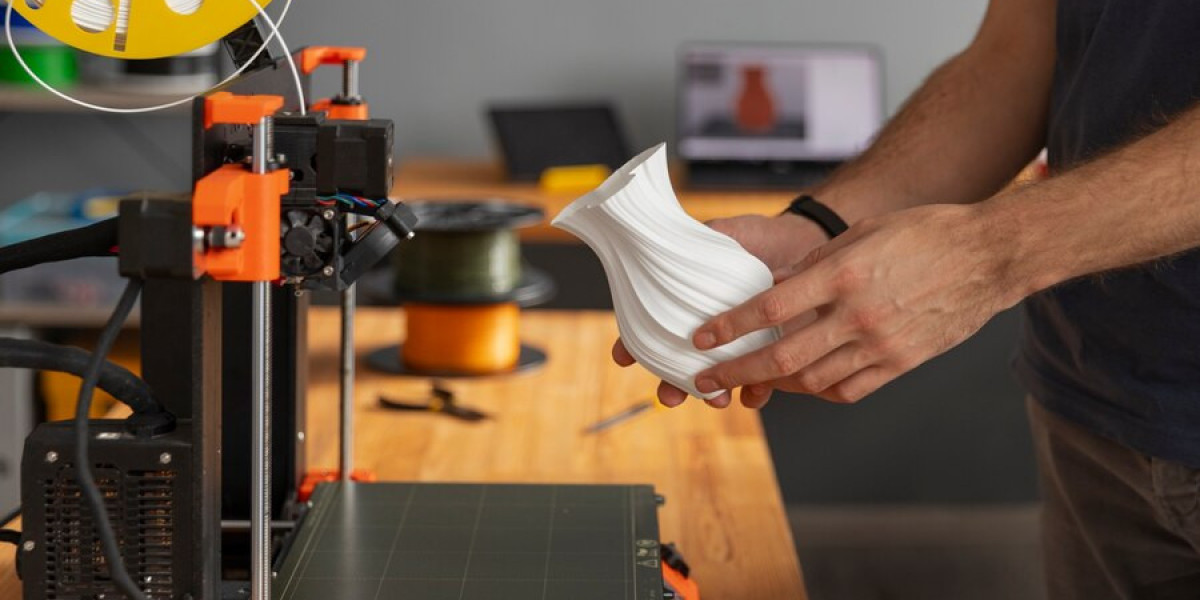In the world of manufacturing, injection molding stands out as a versatile and efficient method for producing high-quality plastic parts in large quantities. At the heart of this process lies the art and science of mold making, a critical step that determines the success of injection molding companies. In this article, we delve into the methods of mold making, shedding light on the intricacies that contribute to the success of injection molding in producing diverse plastic components.
Understanding Injection Molding
Before we plunge into the details of mold making, let's first grasp the fundamentals of injection molding. This manufacturing process involves injecting molding of plastic material into a mold cavity, allowing it to cool and solidify. Once the plastic has hardened, the mold opens, and the final product is ejected. This cycle is repeated, making injection molding an ideal choice for mass production of identical plastic components with high precision.
Methods of Mold Making
Computer-Aided Design (CAD): The journey of mold making begins with meticulous planning and design. Injection molding companies employ Computer-Aided Design (CAD) software to create detailed digital models of the intended product. This step is crucial as it defines the geometry, dimensions, and specifications of the mold. CAD allows for precise customization, ensuring the mold meets the exact requirements of the final product.
Prototyping: Before committing to a full-scale mold, creating a prototype is a common practice. Prototyping helps identify potential design flaws and allows for adjustments before the mold is produced. This iterative process minimizes the risk of errors and ensures that the final mold is optimized for efficiency and performance.
Mold Material Selection: The choice of mold material is a critical decision that impacts the durability and lifespan of the mold. Common materials include steel and aluminum, each with its own set of advantages. Steel molds are robust and suitable for high-volume production, while aluminum molds are lighter and more cost-effective for smaller production runs. Injection molding companies carefully consider factors such as production volume, material type, and budget constraints when selecting the appropriate mold material.
Machining Techniques: Once the mold design is finalized, the next step is the actual fabrication. Precision machining techniques, such as CNC (Computer Numerical Control) machining, are employed to carve the mold's intricate features with utmost accuracy. CNC machining ensures consistency and repeatability, crucial for maintaining high-quality standards in injection molding.
Electrical Discharge Machining (EDM): For complex shapes and fine details that may be challenging for traditional machining methods, Electrical Discharge Machining (EDM) comes into play. EDM uses electrical sparks to erode the material, allowing for the creation of intricate features with high precision. This technique is especially valuable in the production of molds for intricate and detailed plastic components.
Surface Finishing: The quality of the mold's surface finish directly influences the final appearance of the molded plastic part. Injection molding companies employ various surface finishing techniques, such as polishing and texture application, to achieve the desired surface characteristics. A smooth and polished mold surface enhances the aesthetics of the final product, while texture application can impart specific patterns or functionalities.
Heat Treatment: Depending on the material chosen for the mold, heat treatment may be employed to enhance its hardness and durability. Heat treatment processes, such as quenching and tempering, optimize the mechanical properties of the mold material, ensuring it can withstand the rigors of repeated injection molding cycles without compromising its structural integrity.
Conclusion
In the dynamic world of manufacturing, injection molding companies rely on the art and science of mold making to bring precision and efficiency to their production processes. From the initial stages of CAD design to the final touches of surface finishing, each step plays a crucial role in determining the success of injection molding endeavors. As technology continues to advance, injection molding companies will undoubtedly explore innovative methods to further refine and optimize the mold-making process, pushing the boundaries of what is achievable in the world of plastic manufacturing.








